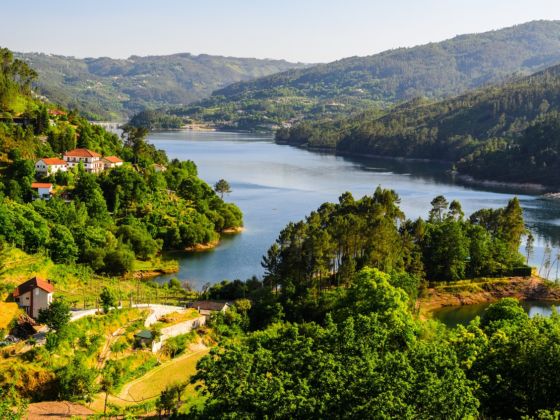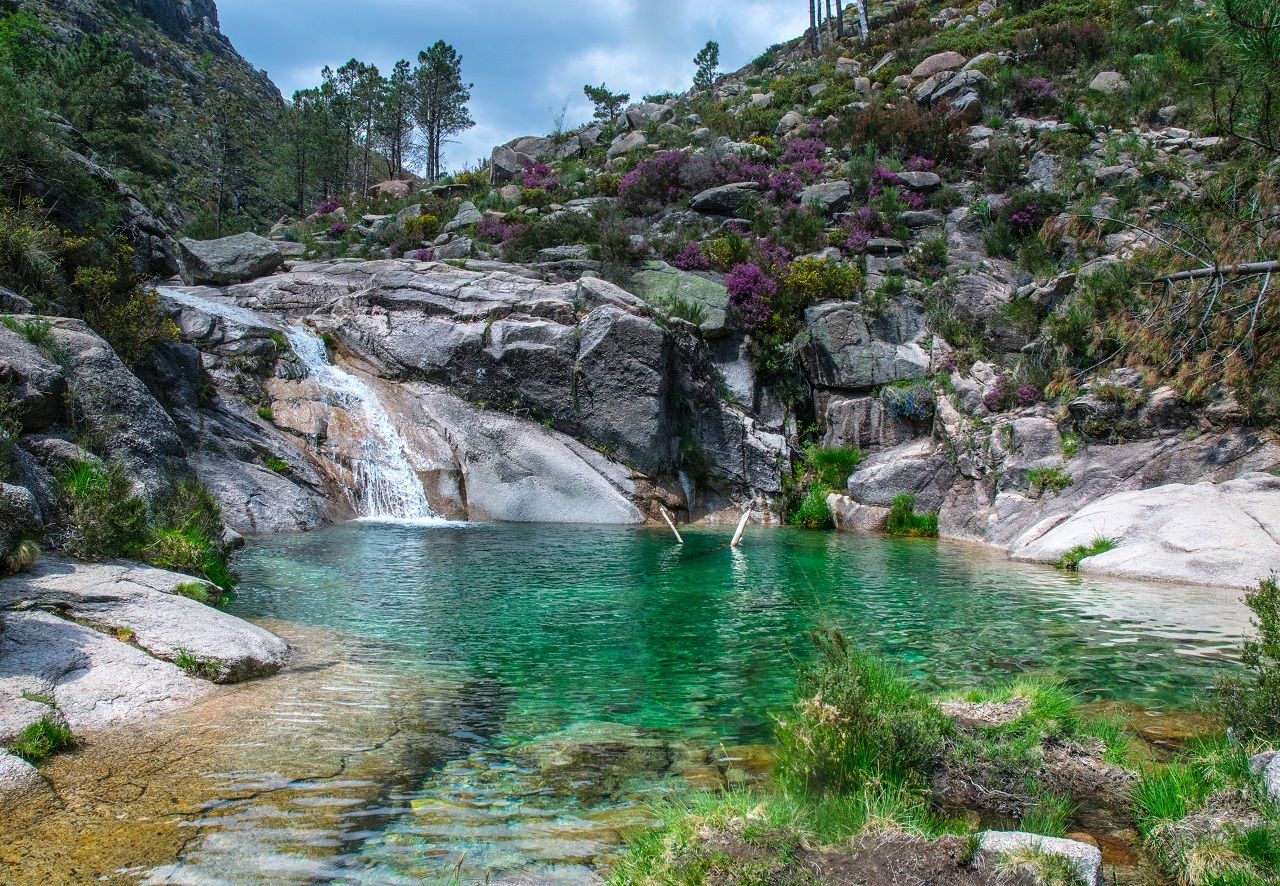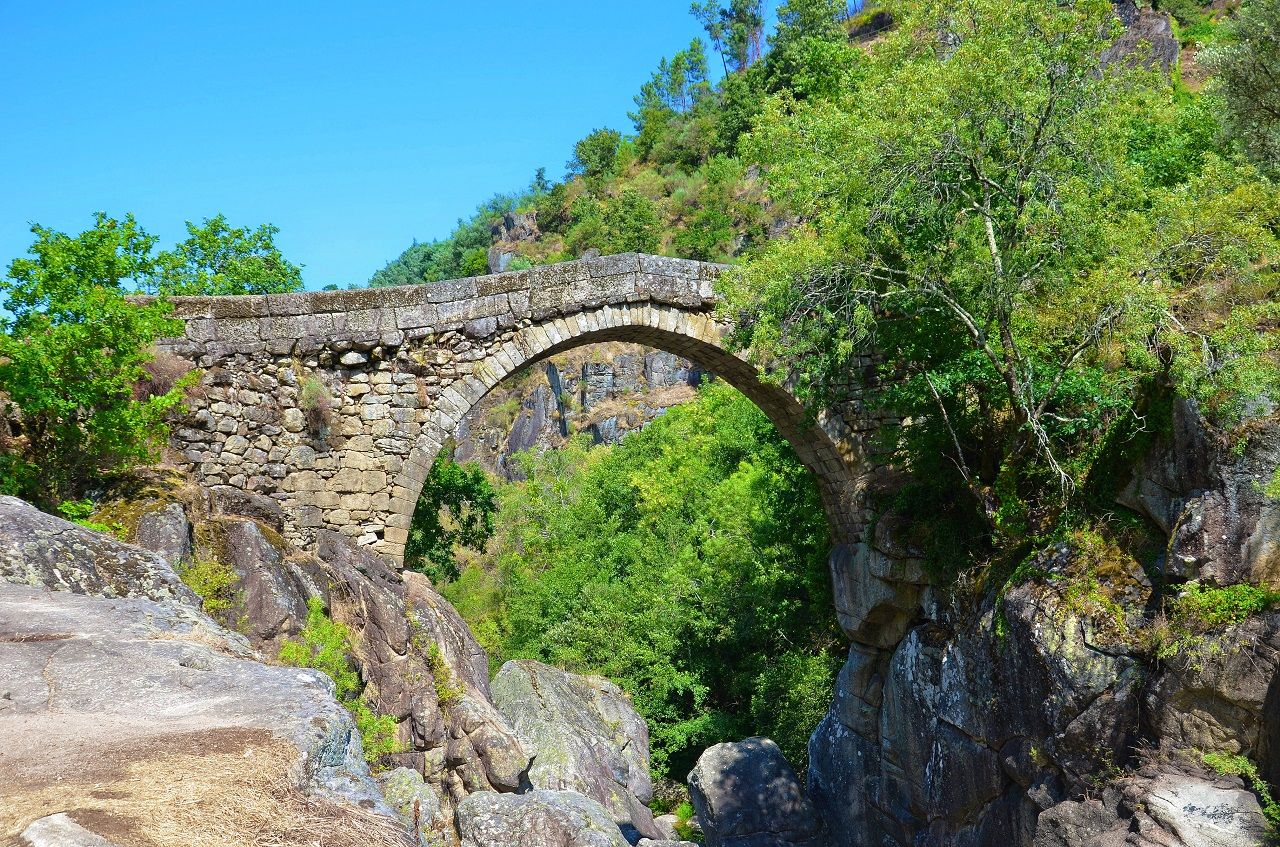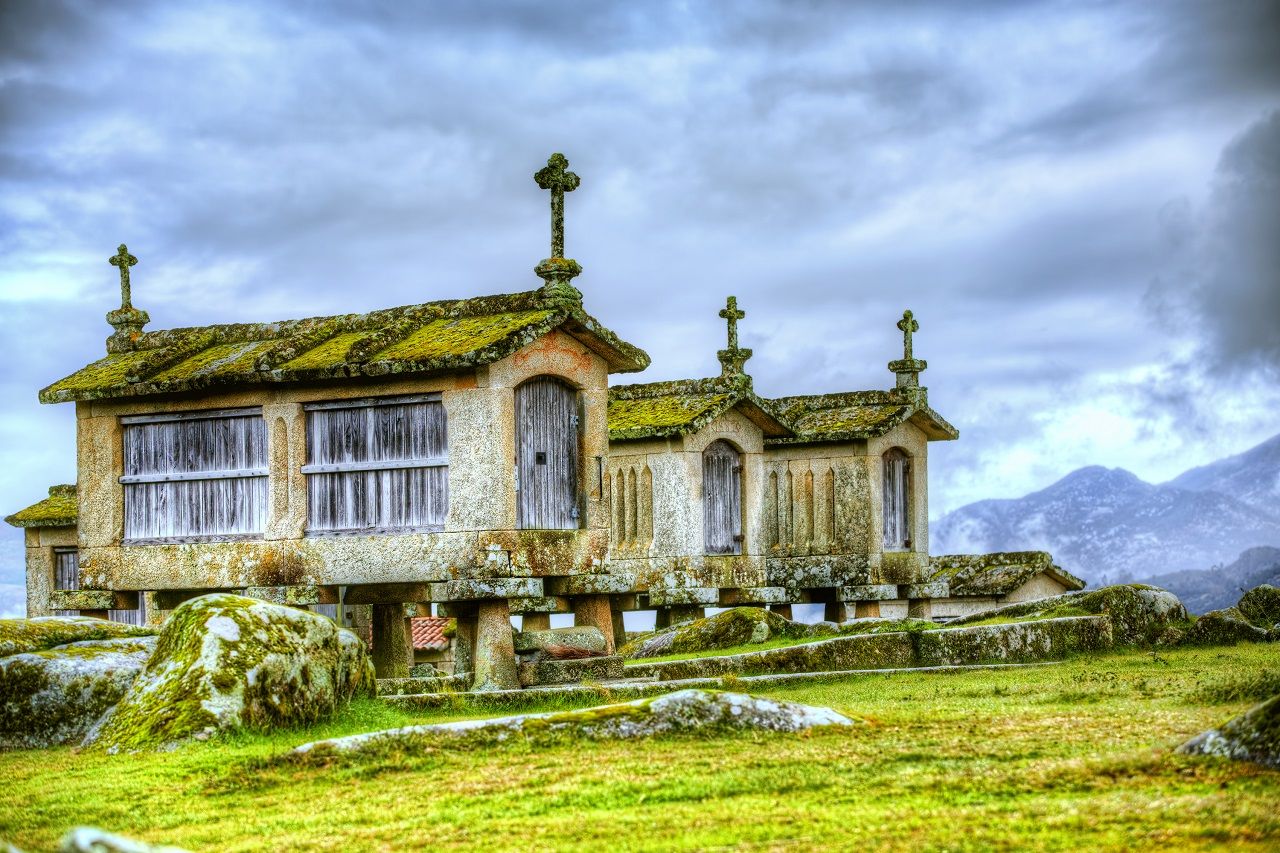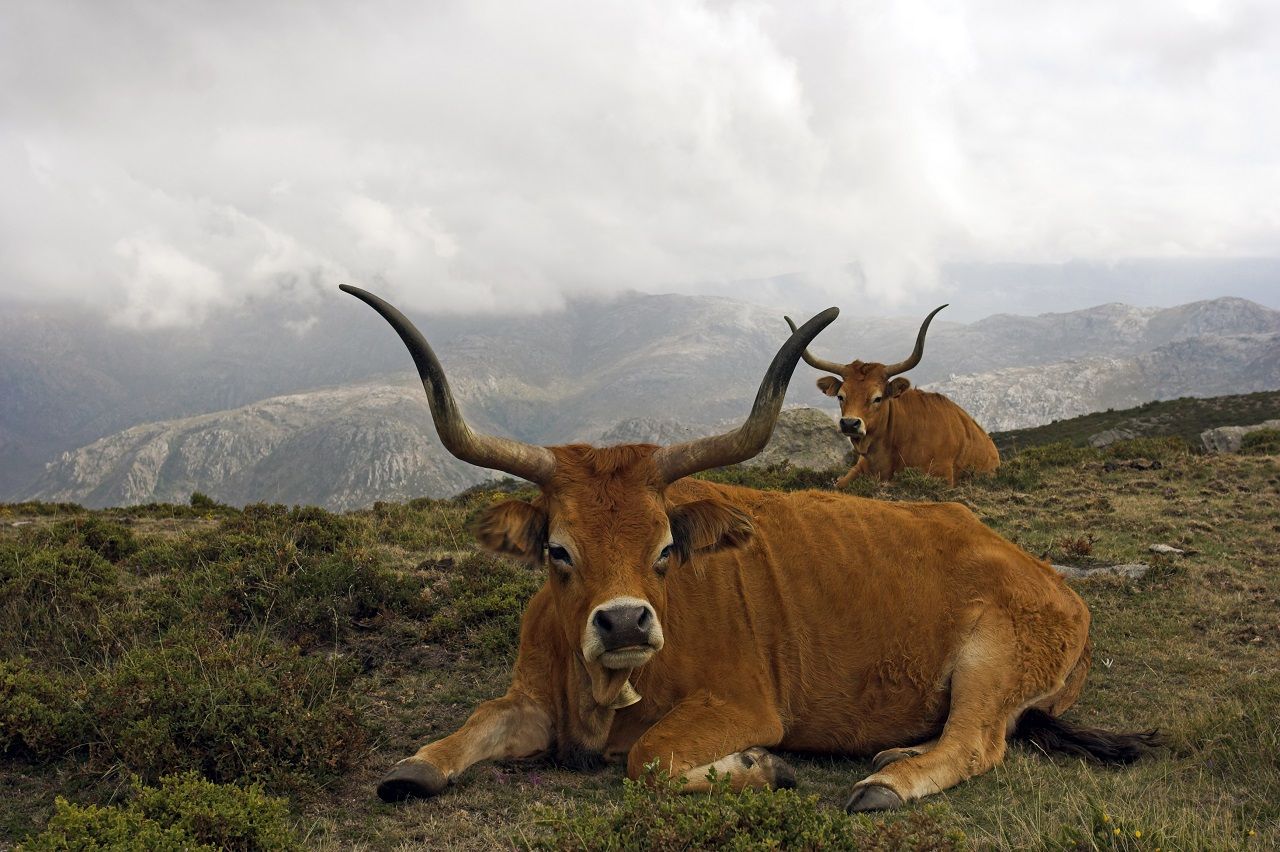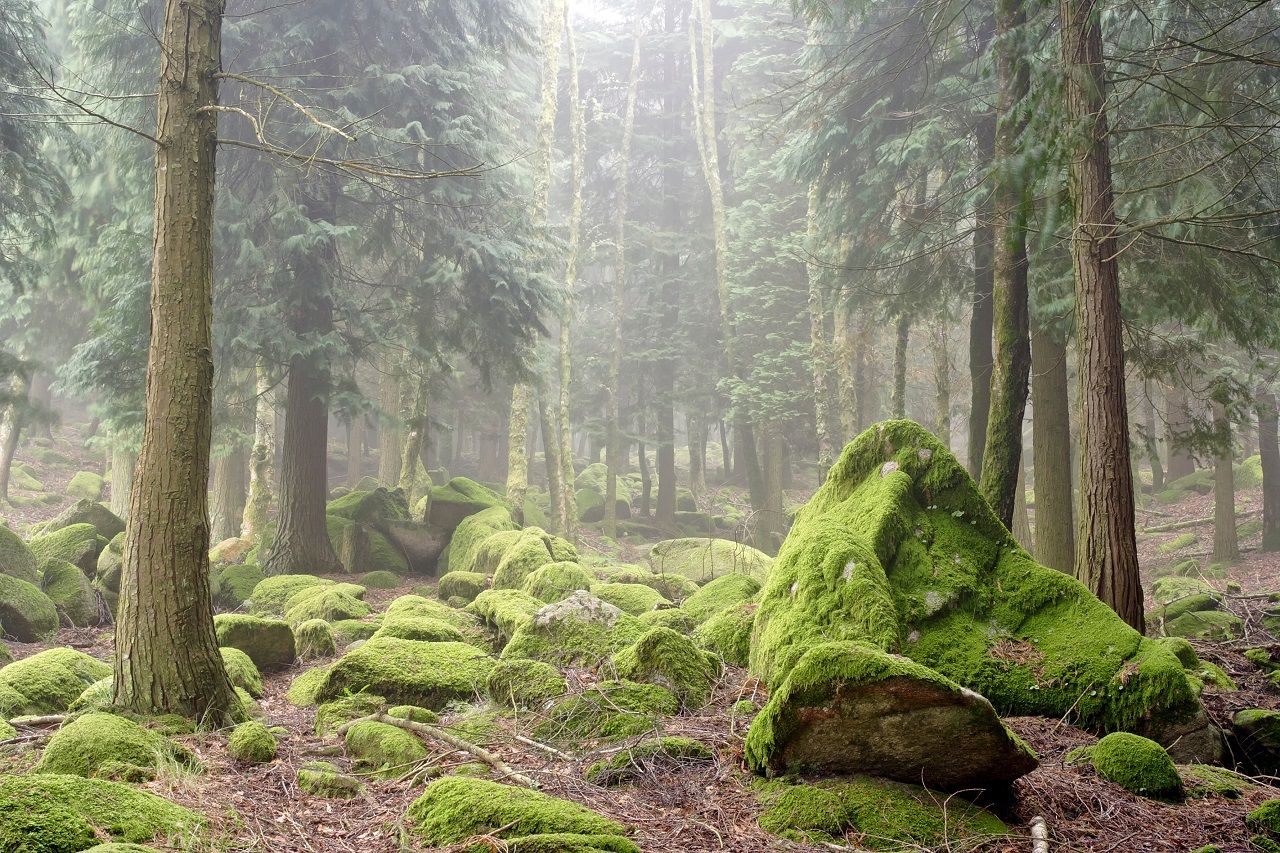Peneda-Gerês is the single greatest national park in Portugal. It wins on a technicality, being that it’s the country’s only national park. But there’s a certain magic to the mountains and valleys of northern Portugal where Peneda-Gerês lies, snuggled up against Spain, that makes calling it the greatest feel apt nonetheless.
Gerês, as it’s known locally, spans roughly 270 square miles of oak and pine forests, granite cliffs, peat bogs, marshes, rivers, and lagoons between the Castro Laboreiro and Mourela plateaus. Interspersed is evidence of the area’s long human history: ancient Roman relics, megalithic tombs, medieval ruins, and villages still inhabited to this day. Several of the larger villages have accomodation options and tabernas serving up steak dishes and smoked meats that’ll tempt you to stay the night.
The park is an easy enough day trip to arrange from Porto and a cinch from the city of Braga. But there’s a lot to see, do, and eat. If you have the time, consider spending a weekend or longer taking in the highlights, from hiking trails to holy sanctuaries.
